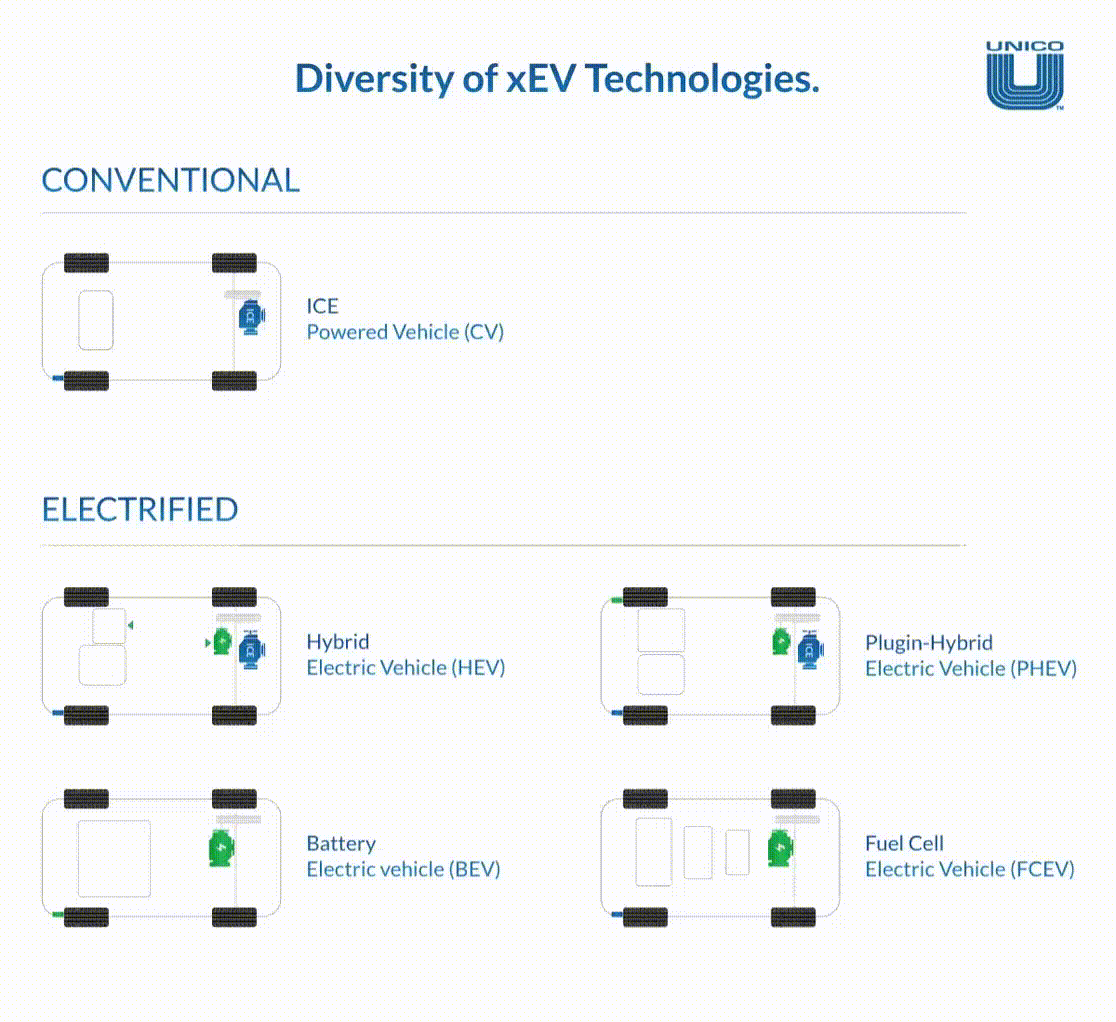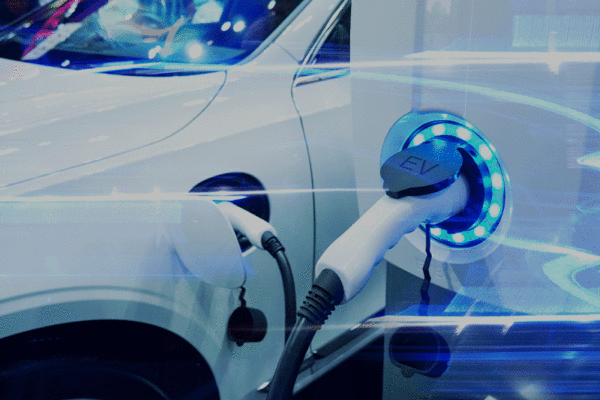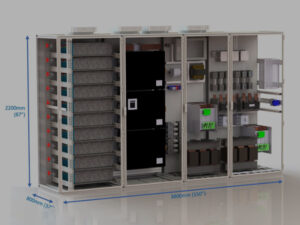Introduction
As the world’s focus shifts towards sustainable solutions for a greener future, the automotive industry plays a pivotal role in driving this transition. One of the most significant advancements in this direction is the emergence of xEV Technologies.
What is xEV?
xEV, which stands for “electric vehicles and their extended variants,” encompasses a diverse range of electric and electrified vehicles designed to reduce carbon emissions and reliance on fossil fuels.
In this blog, we will delve into the world of xEV technologies, understanding their different types, benefits, challenges, and the role they play in shaping a sustainable tomorrow.
xEV technologies are centered around reducing or eliminating traditional internal combustion engines in favor of electric propulsion systems. These vehicles rely on electric motors powered by batteries, fuel cells, or a combination of both. The primary xEV categories include Battery Electric Vehicles (BEVs), Plug-in Hybrid Electric Vehicles (PHEVs), Hybrid Electric Vehicles (HEVs), and Fuel Cell Electric Vehicles (FCEVs).

Battery Electric Vehicles (BEVs)
Battery Electric Vehicles, or BEVs, are perhaps the most well-known and widely adopted form of xEV technology. BEVs are entirely powered by electric batteries and produce zero tailpipe emissions. The electric powertrain drives the wheels, making BEVs an eco-friendly alternative to traditional internal combustion engine vehicles. BEVs boast impressive ranges and are gaining popularity among consumers seeking sustainable and emissions-free transportation options. With advancements in battery technology and charging infrastructure, BEVs continue to extend their range and improve performance, making them a viable choice for everyday use.
Hybrid Electric Vehicles (HEVs)
Hybrid Electric Vehicles (HEVs) combine the benefits of both electric and internal combustion engine technologies. These vehicles feature a gasoline engine working in conjunction with an electric motor and battery pack. The electric motor assists the engine during acceleration and low-speed driving, reducing fuel consumption and emissions. HEVs do not need to be plugged in for charging, as the batteries are charged through regenerative braking and the internal combustion engine. The integration of these two power sources allows for increased efficiency, making HEVs an excellent option for drivers seeking improved fuel economy without the need for charging
The Degree of Hybridization in Hybrid Electric Vehicles (HEVs)
Understanding Hybridization in HEVs
Hybridization in HEVs refers to the extent to which an electric powertrain is integrated with the conventional internal combustion engine. It directly influences how the vehicle uses and balances power from both sources. The three primary degrees of hybridization in HEVs are:
• Micro Hybrid or Mild Hybrid (Level 1)
Micro or mild hybrids represent the lowest degree of hybridization. In this configuration, the electric motor serves as an assist to the internal combustion engine, providing a slight boost during acceleration or for other specific tasks. However, the electric motor is not capable of independently propelling the vehicle. When the vehicle is idle or decelerating, the engine may shut off to conserve fuel, but it does not power the vehicle solely using the electric motor.
• Full Hybrid (Level 2)
Full hybrids represent a higher degree of hybridization. These vehicles are designed to operate on electric power alone, internal combustion power alone, or a combination of both, depending on driving conditions and power demands. Full hybrids can be propelled by the electric motor alone at low speeds or during light acceleration. The internal combustion engine comes into play during higher speeds and when additional power is required.
• Plug-in Hybrid (Level 3)
Plug-in hybrids, also known as PHEVs, take hybridization a step further. Like full hybrids, they can run on both electric power and internal combustion engine power. However, PHEVs have larger battery packs that can be charged from an external power source, such as a wall socket or charging station. This enables PHEVs to drive longer distances on electric power alone before the internal combustion engine is needed. PHEVs offer increased all-electric range, making them more versatile and fuel-efficient, especially for short daily commutes.
Plug-in Hybrid Electric Vehicles (PHEVs)
Plug-in Hybrid Electric Vehicles (PHEVs) share similarities with HEVs but offer a unique advantage: they can be charged externally. PHEVs come with larger battery packs, allowing them to travel longer distances on electric power alone before the internal combustion engine kicks in. This extended electric-only range makes PHEVs ideal for short commutes and urban driving, as they provide reduced emissions and fuel consumption. When the battery depletes, the PHEV operates as a regular hybrid, ensuring drivers always have the flexibility to continue their journeys.
Fuel Cell Electric Vehicles (FCEVs)
Fuel Cell Electric Vehicles (FCEVs) represent a cutting-edge approach to zero-emission transportation. Unlike BEVs, which use batteries to store energy, FCEVs utilize hydrogen fuel cells to generate electricity on-board, which powers the electric motor. The only byproduct of this process is water vapor, making FCEVs truly emission-free. While hydrogen infrastructure is still in its early stages, FCEVs have demonstrated remarkable potential for long-range travel and rapid refueling, making them a promising contender in the pursuit of sustainable transportation.
The Intersection of xEV Technologies
As the electric vehicle market expands, we are witnessing the intersection of different xEV technologies. For example, hybrid systems can be combined with plug-in capabilities to create PHEV variants with extended electric-only ranges. Additionally, advancements in battery technology impact all forms of xEVs, improving their range, charging speed, and overall performance. This convergence of technologies fosters innovation and creates a diverse array of options to suit various consumer needs and preferences.
Conclusion
The world of xEV technologies is incredibly diverse, catering to various driving needs and preferences while championing environmental sustainability. From fully electric BEVs to versatile HEVs, PHEVs, FCEVs, and innovative EREVs, the automotive industry is embracing a wide range of electric mobility solutions. As these technologies continue to evolve and become more accessible, they will undoubtedly play a pivotal role in reducing greenhouse gas emissions, mitigating climate change, and creating a cleaner and greener future for generations to come. Embracing the diversity of xEV technologies is key to accelerating the global transition towards sustainable transportation and shaping a more eco-conscious world.










